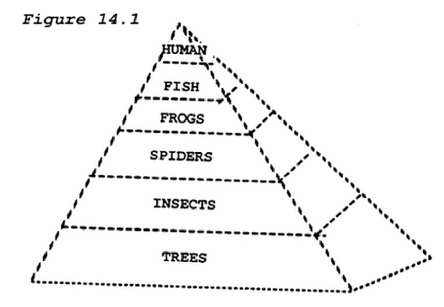Why was it informative for researchers to study the proximate causation of Daphnia switching reproductive tactics in the laboratory?
A) Daphnia in the wild were genetically identical and the laboratory was the only place where Daphnia would reproduce sexually.
B) Daphnia could not obtain enough energy in the wild to reproduce sexually.
C) Daphnia were no longer available in the wild when the investigations occurred.
D) Daphnia were never under high crowding conditions in the wild.
Answer: D
You might also like to view...
Quality control is performed to test the validity of catalase production at 68°C. M. fortuitum and M. tuberculosis are used, which yield a positive and negative reaction, respectively. Which one of the following statements explains this discrepancy?
a. Both organisms were most likely incu-bated at the wrong temperature. b. Both organisms were most likely incu-bated on the wrong media before testing. c. The catalase reagent is most likely expired. d. No discrepancy is present. M. fortuitum is catalase-positive and M. tuberculosis is catalase-negative at 68°C.
Which one of the following sequences is CORRECT in terms of level of organization from least to most complex?
A) cells, tissues, organs, organ systems, organism B) atoms, cells, organs, community, population C) atoms, cells, organism, organ systems, ecosystem D) tissues, organ systems, population, cells, organism
____ in the figure diagram above represent consumers.

A. Only the plants
B. Only the insects
C. Everything except trees
D. Spiders, frogs, fish, and humans
Bones in the fingers and toes are called
A. phalanges B. hyoid C. patella D. carpals